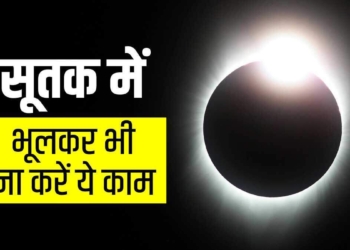New Delhi. ISRO is going to take another big step. On July 30, ISRO is going to launch the NASA-Israo Synthetic Aperture Radar (Nisar) satellite with its GSLV-F16 vehicle. American space organizations NASA and ISRO together have created a Nisar satellite. The successful launch of the Nisar satellite is very important for the Earth. ISRO and NASA together have created the first satellite to monitor the earth. The Nisar satellite will be sent from the Satish Dhawan Space Center of Sriharikota at around six o’clock on Wednesday evening.
The GSLV F16 is about to send the ISRO Nisar satellite into space with a rocket.
This mission of Nisar satellite is worth Rs 12500 crore. This satellite will scan the entire earth every 12 days. The synthetic aperture radar of Nisar satellite will take pictures of the earth day and night and in every season. Clouds will also not be able to get data from Nisar satellite. Nisar satellites can also be able to identify even the smallest changes on the earth. Nisar satellites will also be able to identify the changes in land, slipping of icebergs and changes in the forest. The monitoring of the sea will be able to detect Nisar ships. Along with this, water resources will also be helped by Nisar satellite during disaster.
The Nisar satellite has a synthetic aperture radar. Which can take high resolution photos in every season.
The Nisar satellite will be installed in a 743 km orbit outside the Earth. NASA will use the El band and ISRO S band radar. The synthetic aperture radar by NASA and ISRO in the Nisar satellite will give very good pictures. These high resolution photos will be so good that even the fine cracks that fall on the ground with small earthquakes can be seen in the pictures sent from Nisar. Apart from the day, the first such satellite is being sent to space. The special thing is that the space cooperation of India and America will also prove to be a new stone of the Nisar satellite to space. Please tell that ISRO and NASA have been cooperating earlier. After the establishment of ISRO, he was given the first sounding rocket from NASA.










